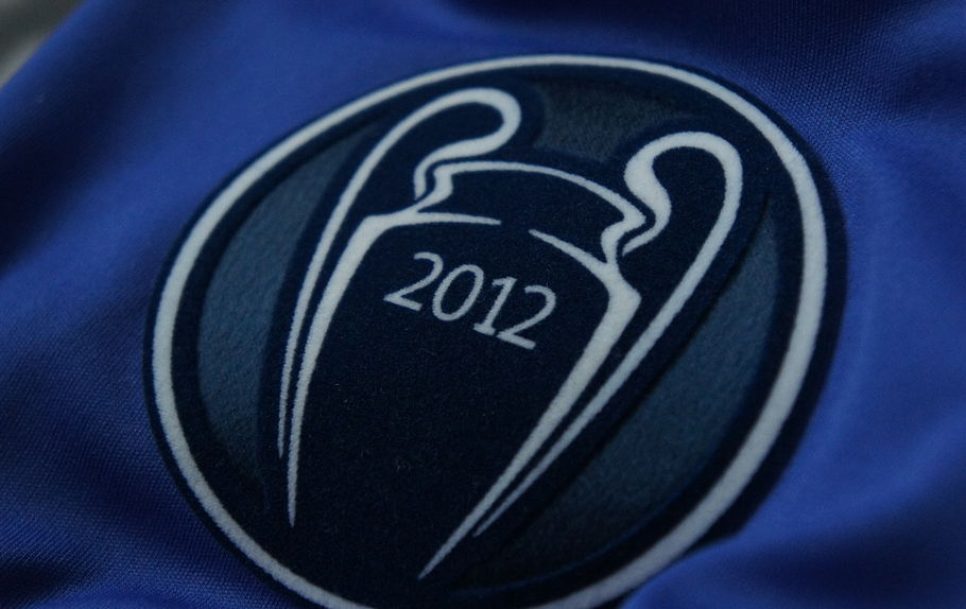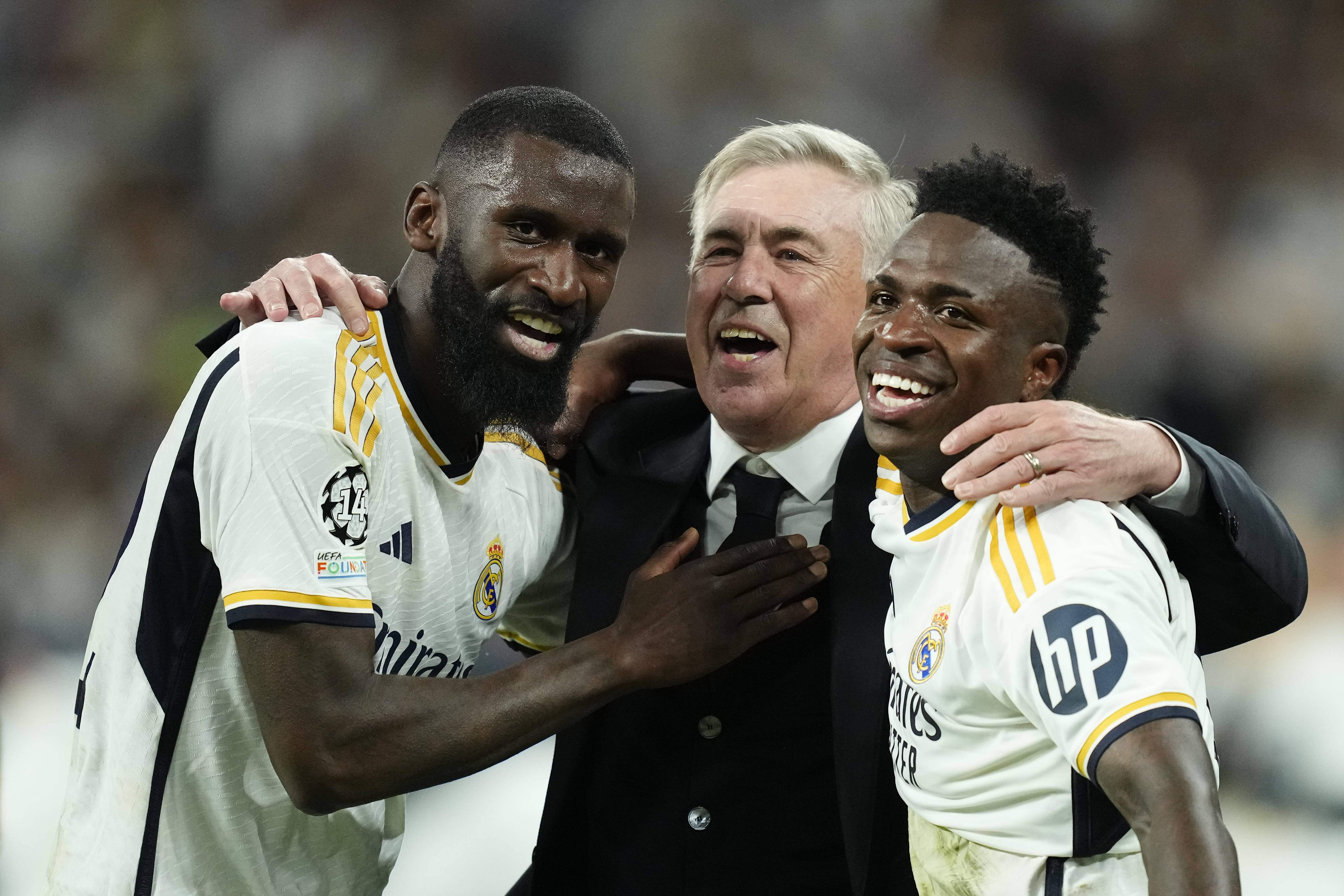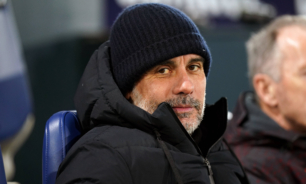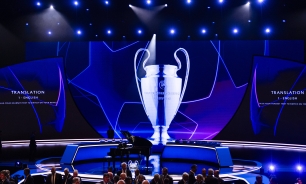A walk through history: the Champions League timeline
What is more beautiful than a Tuesday or Wednesday night under dazzling lights? Is it about the best teams? The famous trophy, Ol’ Big Ears? The iconic music?
When Georg Friedrich Händel composed Zadok the Priest in 1727 for the coronation of King George II, he most likely did not have Champions League nights in mind. But it was rearranged and used as the basis by British composer Tony Britten in 1992, hired to create something anthemic. What came together was an iconic piece. Familiar to everyone and anywhere.
We as fans are so used to seeing the biggest teams lined up, with packed stadiums roaring to go. Then the anthem comes on. For some, this is the norm, but for others, it has been quite a journey to get to this point. So how far back do we have to go to reach the roots of the Champions League? Until 1992? Or 1955?
1891, October 1st | About that … 1891, some 132 years ago, sounds more fitting. On that date, and supposedly for the first time, champions of two different leagues met – English champions Everton visited Scottish champion Glasgow Rangers and were crowned World Champions, winning 4-1, while the return fixture at Goodison Park was won by Rangers 2-0. In subsequent years Aston Villa, Sunderland, Glasgow Celtic, and Sheffield United became equivalent champions until the competition was abolished in 1904.
1897, November 21st | Just six years later, an English plumber by the name of John Gramlick launched an international cup competition in Central Europe, with teams from the Austro-Hungarian Empire invited to participate. Austrians dominated proceedings, winning nine of the ten Challenge Cup titles played out between 1897 and 1911.
1909, April 12th | Teams from France, Germany, Italy, and Switzerland competed for an international trophy in Turin as early as 1908, but without English teams, it felt incomplete. To amend, Scottish tea mogul Thomas Lipton arranged for West Auckland, a team of amateur coal miners from North East England, to compete; they duly won the Sir Thomas Lipton Trophy in April 1909 and defended the title two years later by demolishing Juventus 6-1 in the final.
1927, July 17th | World War I and its aftermath disrupted football’s progress, but by 1927 professional leagues had been established in Austria, Hungary, and Czechoslovakia. To help Central European clubs financially, an international competition called the Mitropa Cup was introduced. In total, 50 winners were declared, with the historic competition discontinued in 1992. Notable winners include AC Milan (1982), Red Star Belgrade (1958, 1968), and Sparta Prague (1927, 1935, 1964).
1930, July 6th | Another similar idea was put forward by Swiss club Servette in 1930, who just before the first World Cup invited champions of twelve leagues to Geneva. As the English FA was withdrawn from FIFA and Portuguese champions Benfica Lisbon declined, ten teams participated, with Ujpest of Hungary crowned Champion of the Champions – as they put it themselves. Unfortunately, with the global economy in crisis and World War II looming, the Coupe des Nations was a one-off.
1948, March 18th | WWII did not affect South America as much and in 1948, Colo-Colo of Chile organized the Campeonato Sudamericano de Campeones (a predecessor to Copa Libertadores, the South American equivalent of the Champions League). More importantly, French journalist Jacques Ferran of L’Equipe traveled across the Atlantic to cover the tournament and later returned with a clear idea to follow their example.
1949, June 20th | It took a while to get going in Europe after the war, but in 1949 federations from France, Italy, Spain, and Portugal came together to form the Latin Cup. With AC Milan, Barcelona, Real Madrid, Benfica, and Reims winning until the competition was shut down in 1957, it was the first time modern heavyweights met on a regular basis.
1954, December 13th | For Ferran and L’Equipe, convincing the European powerhouses proved a difficult task at first. They saw an opportunity when English heavyweight Wolverhampton Wanderers toured the world and beat teams from South Africa, Germany, Spain, Argentina, the Soviet Union, and, then, on a Monday in December, Honved of Hungary. A game played under the floodlights and televised live on the BBC, it led to the Daily Mail proclaiming Wolverhampton “Champions of the World”.
1954, December 15th | “Before we declare that Wolverhampton are invincible, let them go to Moscow and Budapest,” noted Gabriel Hanot, the editor of L’Equipe. “A club world championship, or at least a European one – larger, more meaningful and more prestigious than the Mitropa Cup and more original than a competition for national teams – should be launched.”
1955, September 4th | And it did. UEFA was inaugurated in June 1954, with Congresses in March, April, May, and June 1955 all making further strides toward organizing the cup. And on September 4th, 1955, European football history was made in a 3-3 draw between hosts Sporting Lisbon and FK Partizan of Belgrade.
1960, May 18th | The first five years of the competition were dominated by Real Madrid, with their fifth title (out of five) hoisted on May 18th, 1960. At Hampden Park, Glasgow, in front of a still-record crowd of 127 621 spectators, Real beat Eintracht Frankfurt 7-3. If there were any doubt before, this game cemented Real as kings of Europe.
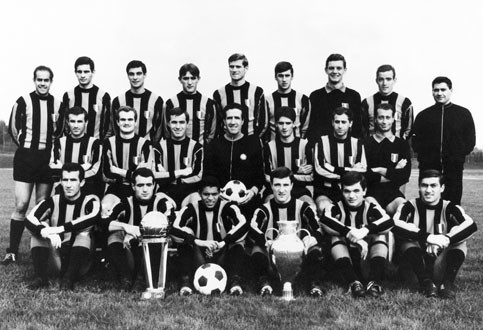
1968, May 29th | After Benfica Lisbon, AC Milan, Inter Milan, and Glasgow Celtic all had their heydays, Manchester United became the first English team to lift the European Cup in 1968. Ten years after the Munich air disaster that resulted in 23 fatalities, it was a fitting tribute to the lost generation known as Busby Babes and an important milestone for English football.
1976, May 12th | While the early 1970s were dominated by Johan Cruyff’s Ajax, another modern superpower announced itself by winning the trophy in 1974, 1975, and 1976. Despite the Bundesliga becoming professional only in 1963 and Bayern Munich not making the top division until 1965, it then took them just eleven years to etch their name in European Cup history books.
1985, May 29th | The 1984-85 final between Juventus and Liverpool was to date the darkest hour in European Cup history. Held in Brussels, Belgium, a pre-game confrontation between the supporters of Liverpool and Juventus resulted in 39 deaths and an indefinite European ban for English clubs (lifted five years later). With the English out, Steaua Bucuresti, Porto, and PSV Eindhoven were crowned champions between 1986 and 1988.
1987, September 16th | A part of that came down to the ruthless knock-out system that allowed for no mistakes. Italian media mogul Silvio Berlusconi had bought AC Milan in 1986 and dreamt of a television-spectacular European competition – so when the draw pitted Napoli against Real Madrid in the first round in 1987-88, Berlusconi soon answered with threats of forming something similar to a European Super League. It set the gears of change in motion.
1991, November 27th | Modern times dawned in Kyiv, when local Dynamo welcomed Benfica Lisbon in what would be the first group-stage game in European Cup history. From the 1992-93 season, the competition was rebranded as the Champions League, and we were introduced to the anthem, the star ball, and other connected designs that created arguably the most well-known brand in all football.
From there, the evolution has been quite rapid. From two to four to six to eight, and, from 2024-25 to one 36-team group; from just the champions to two to four to five clubs from one country; from the miracle of Istanbul to Pep Guardiola’s Barca to La Decima to a hat-trick of titles for Real Madrid. Wow. It has been quite the ride.





